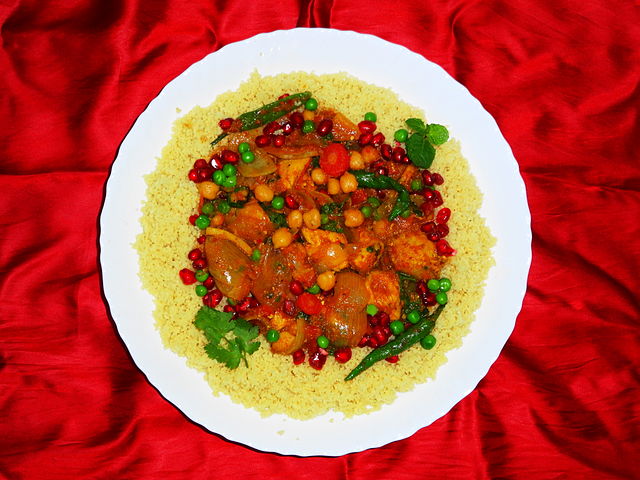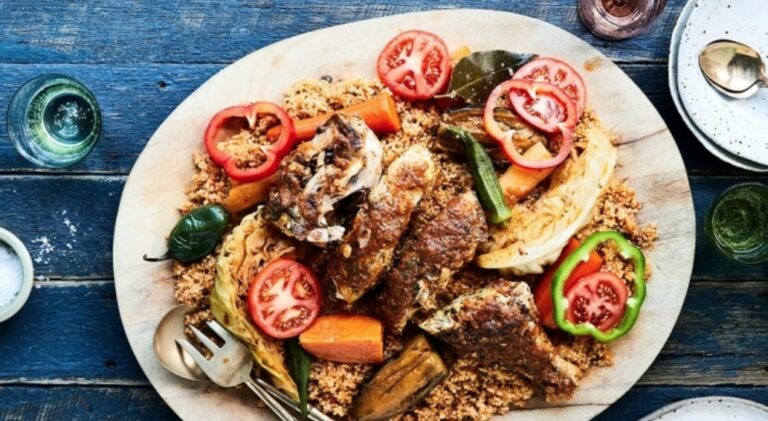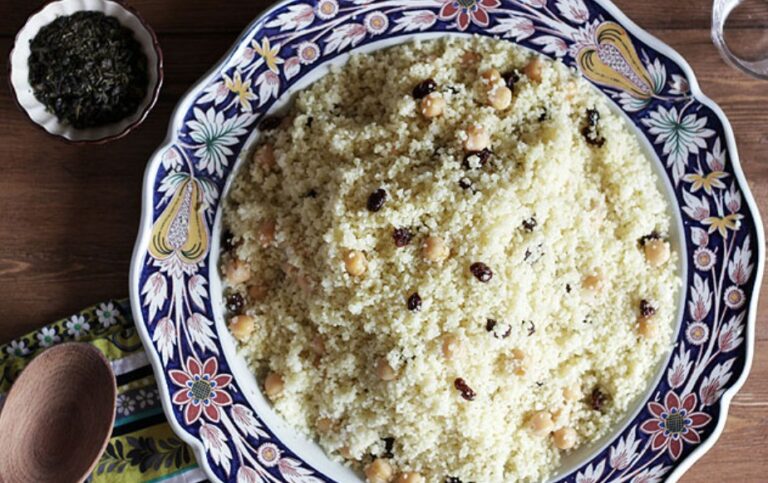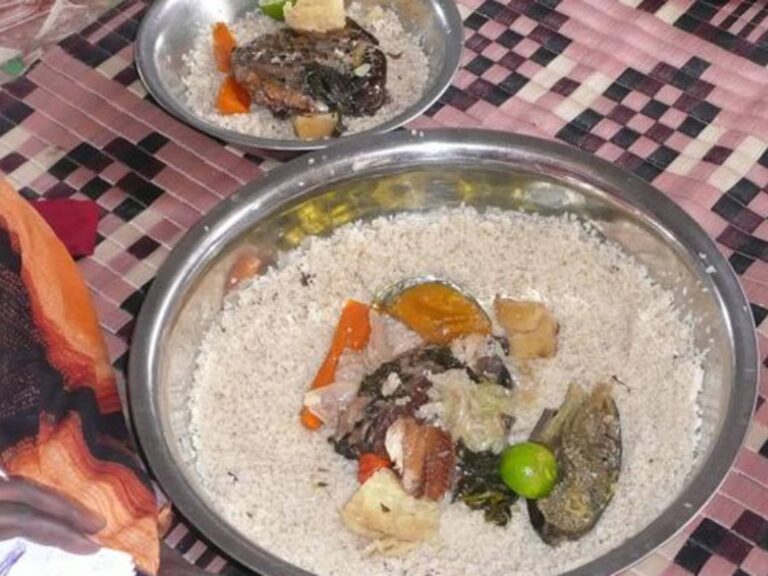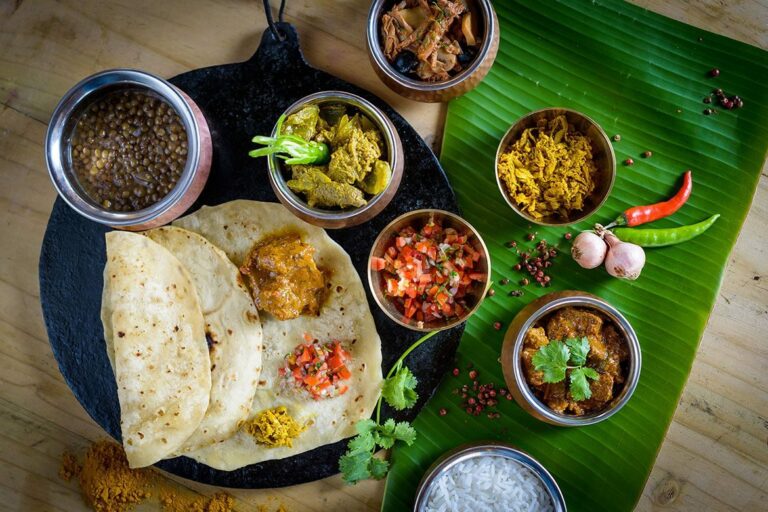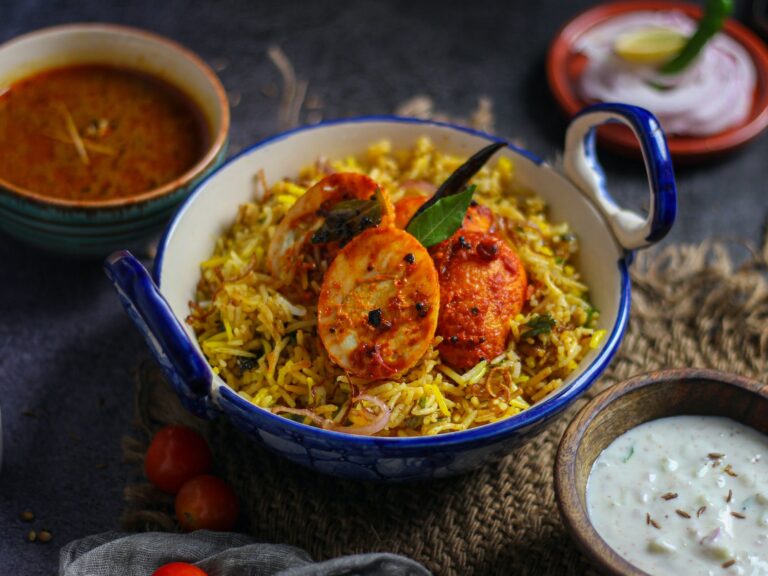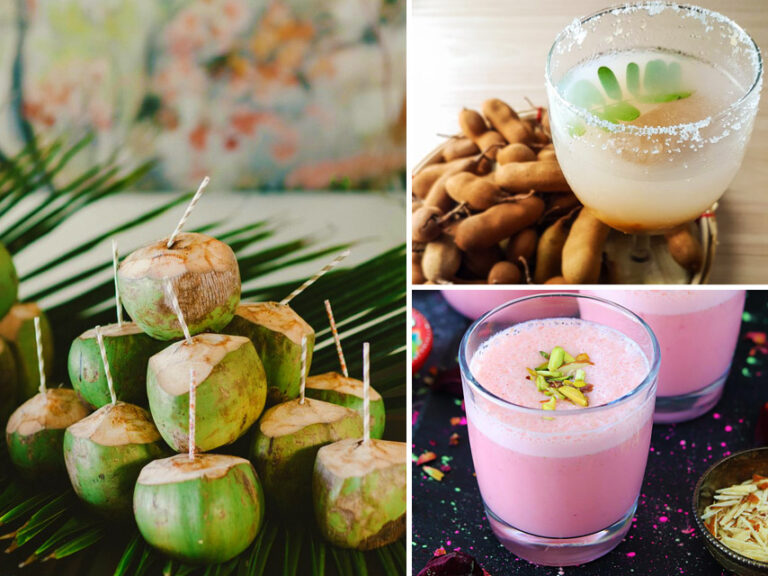Introduction
One of the best ways to experience the culture of a new place is by trying its local food. Street food and local snacks offer a glimpse into the daily life of the people and the history of the region. Apart from being delicious, they are also affordable and can be found easily. In many countries, street food is an integral part of the culinary tradition, and tourists are encouraged to try local delicacies.
While traveling in a new destination, it is essential to venture out of your comfort zone and discover new flavors. Trying local street food and snacks offers a unique experience that cannot be replicated in five-star restaurants. The cuisine of a place tells a story about its people, their traditions, and their way of life. Travelers who are open to trying new things are rewarded with food experiences that they will cherish for a lifetime.
Top local street food delicacies
Every region has its signature street food dishes that have been enjoyed for generations. For example, in Thailand, the famous Pad Thai is a must-try dish that combines stir-fried noodles, shrimp, tofu, and bean sprouts. Another popular Thai dish is the Tom Yum soup, which is a spicy and sour soup made with lemongrass, chili, and shrimp. In India, the most popular street food is chaat, which is a savory snack made with fried dough, potatoes, chickpeas, and tamarind chutney.
In Mexico, tacos are the king of street food, and they come in various styles, including al pastor, carne asada, and fish. The famous empanadas of Argentina are a delicious snack made with a pastry shell filled with meat, cheese, or vegetables. In Japan, there is an abundance of street food, and one of the most popular is takoyaki, a ball-shaped snack made with octopus, batter, and green onions. These are just a few examples of the many street food delicacies that you can find around the world.
Where to find the best street food
One of the best ways to find local street food is to visit the bustling markets and food stalls. These are usually located in the city center or near popular tourist attractions. In Bangkok, for example, the Chatuchak Weekend Market is a food lover’s paradise, with hundreds of food stalls offering a range of Thai delicacies. In India, the famous Chandni Chowk in Delhi is home to some of the best street food stalls in the country.
Apart from markets, tourists can also try street food at festivals and fairs. These events offer a unique opportunity to sample a variety of dishes in one place. Another way to discover local street food is by joining a food tour. These tours take tourists to different neighborhoods and markets, allowing them to taste a range of authentic local dishes.
Safety tips for eating local street food
While street food can be delicious, it is important to take precautions to avoid getting sick. Tourists should look for clean food stalls and avoid those that appear unhygienic. It is also advisable to eat cooked food that is served hot and avoid raw or undercooked meat. Tourists should also drink bottled water and avoid tap water.
It is also a good idea to carry hand sanitizer or wet wipes to clean hands before eating. If you have a sensitive stomach, it may be best to start with mild flavors and gradually work your way up to spicier dishes. Finally, it is important to listen to your body and stop eating if you feel unwell.
Cultural significance of local snacks
Local snacks and street food are an essential part of the cultural heritage of a place. They are often passed down from generation to generation and reflect the unique traditions and flavors of the region. These dishes are not only delicious but also represent the ingenuity and creativity of the people who created them.
In many countries, street food vendors are an integral part of the local economy and provide livelihoods for thousands of people. They also offer an opportunity for tourists to interact with locals and learn about their way of life. By trying local snacks and street food, tourists can gain a deeper understanding of the culture and history of the place they are visiting.
Conclusion
Trying local snacks and street food is an essential part of any travel experience. It offers a glimpse into the culture of a place and allows tourists to connect with locals in a unique way. From Pad Thai in Thailand to tacos in Mexico, each region has its signature street food dishes that are worth trying.
While it is important to take precautions to stay safe, tourists should not be afraid to venture out of their comfort zone and try new flavors. By embracing local cuisine, travelers can gain a deeper appreciation for the people and traditions of the places they visit.

